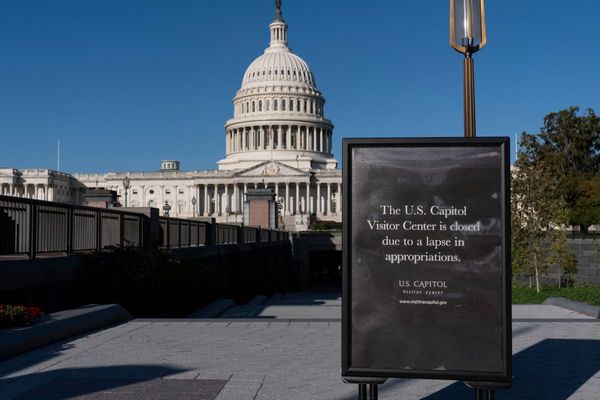July 28--Virgin Galactic's SpaceShipTwo had just passed the sound barrier when pilot Peter Siebold noticed something was not right, according to his newly released interview with investigators.
When the experimental rocket plane went supersonic, it pitched up with surprising force, Siebold told investigators seven days after the Oct. 31 accident.
Then suddenly the spacecraft began bucking wildly, Siebold said, and the "G-levels went through the roof."
SpaceShipTwo was more than 10 miles high on a test flight when it disintegrated seconds after it fired its rocket engines.
Siebold, who worked for Scaled Composites, the firm that built and was testing SpaceShipTwo, said he almost couldn't breathe. The force pushed him down in his seat, he said, and there was little he could do. He remembered he or his copilot, Michael Alsbury, grunting because of the sudden force.
The testimony released Tuesday at a National Transportation Safety Board hearing is the first public comment from Siebold on the accident. The crash of Virgin Galactic's SpaceshipTwo set back British billionaire Richard Branson's plans to send tourists into space.
"It felt as though the vehicle pitched over on its back," said Siebold, who was then 43.
Then there was a single bang, he said in the interview. The cabin rapidly depressurized and he felt the air leave his lungs.
Suddenly he heard a high-pitched whistle of the wind and he realized he was in "a very high slipstream of some kind."
He had to work to open his eyes, he said. And when he opened them, he saw the desert below.
His helmet was not straight on his head and his oxygen mask had shifted.
Siebold said he believes he was still sitting in his seat. It was extremely cold. He reached for his seatbelt.
He then went through the mental steps of a bailout. He felt the buckles, reminding himself how they opened and where the emergency oxygen was.
He said he knew he had to unbuckle from his seat because that was the only way the parachute would work.
He thought he may have used two hands to unbuckle. The he pushed himself out of the seat.
At that point, there was nothing else around him. The cabin was gone. And he was falling through the clouds.
He went into the freefall position, spreading his arms and legs.
His parachute deployed automatically. He said it surprised him. He did not know whether he was conscious at the time.
He then looked for his copilot, searching for another chute. He hoped Alsbury was above him.
Another plane that was observing the SpaceShipTwo test flight that day circled him. He believes he may have waved at the pilot.
He tried to get the emergency oxygen to flow, but the mask didn't work.
He realized his right shoulder was hurt. He thought it was dislocated and he tried to push it back. He wanted to be able to steer the chute.
He prepared for a hard landing, but the winds were calm.
He waited for the rescue crew. His eyes were painful and watery. He thought they may have gotten ice crystals in them from the extreme cold in the upper reaches of the atmosphere. After landing he couldn't open his right eye.
He could not move. When he tried to move he heard clunking noises. He concluded his right arm was badly injured. He had blood on his chest.
A helicopter landed, the first responders arrived.
Siebold and Alsbury were both longtime employees of Scaled Composites, the Mojave-based firm that also designed the SpaceShipTwo.
Both men were engineers with degrees from Cal Poly San Luis Obispo.
Alsbury, the father of two young children, had worked for Scaled Composites for 14 years as a project engineer and test pilot. His body was found in the wreckage.
In April 2013, Alsbury served as copilot on SpaceShipTwo's first rocket-powered flight. The aircraft broke the sound barrier, reaching Mach 1.2 before ending with a smooth landing in Mojave.
MORE ON VIRGIN GALACTIC:
Virgin Galactic fatal crash sends tremors through commercial space industry
Virgin Galactic ticket holder still eager to go to space despite crash







